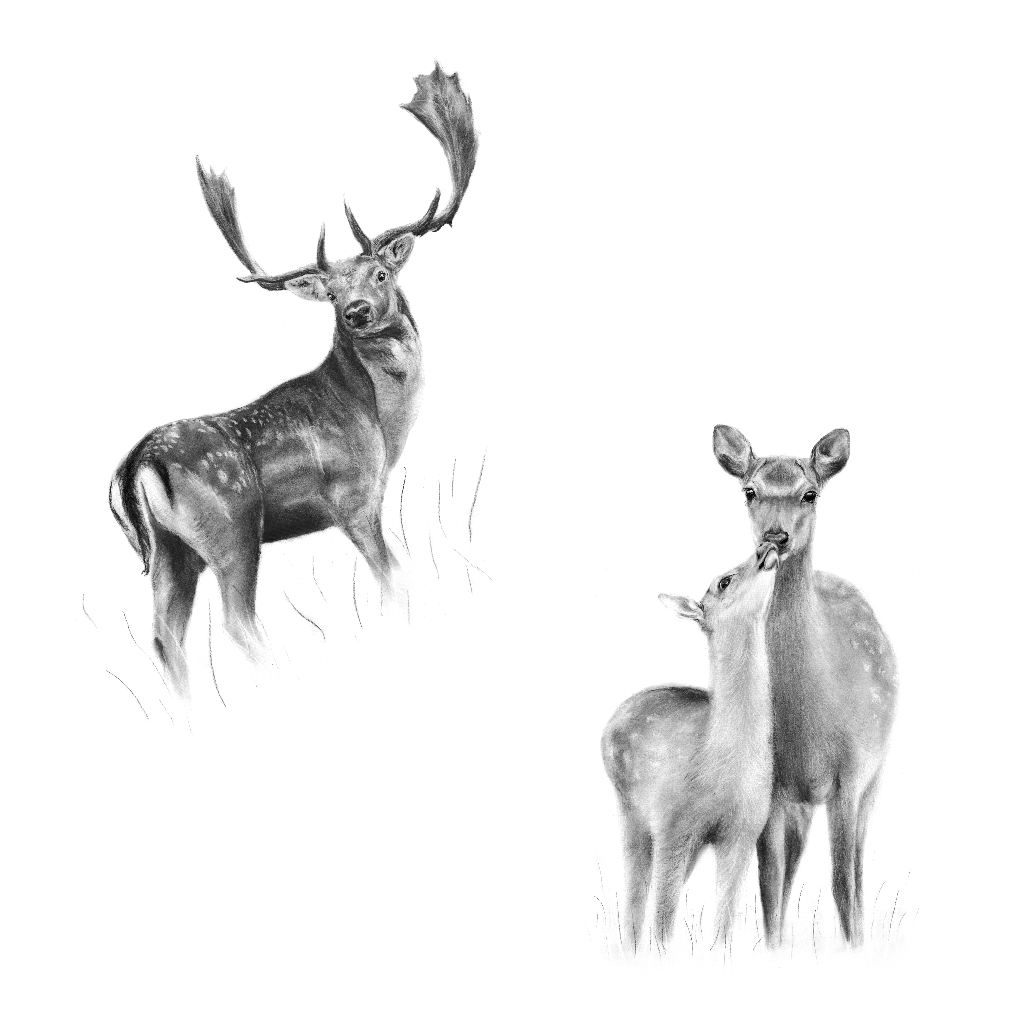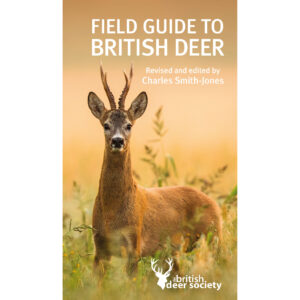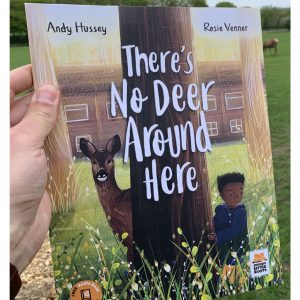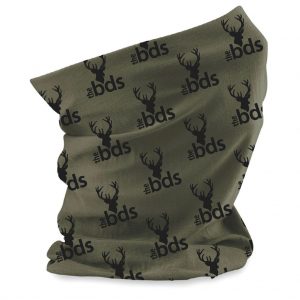Ask BDS – Antlers Not Horns
Share article:
Article by:
Charles Smith-Jones, Technical Adviser, British Deer Society
Antlers not horns
There is often confusion over the difference between antlers and horns, and deer are sometimes incorrectly described as having the latter.
Deer are unique in being the only animals to produce antlers. They are normally cast and regrown annually in pairs and are produced by the males of all deer species with the exception of the musk and water deer. Although it is abnormal for the females of any other deer species to grow antlers, female reindeer are the only ones to do so habitually.
Antler growth and casting is controlled by a number of hormones, the principal one being the hormone testosterone whose production is governed by daylight length. The growing antler is living bone which is covered by a furry skin called velvet which supplies it with oxygen and nutrients.
At the end of the growth cycle, the velvet is lost and the material within dies to become hard and insensitive. After a few months the join between antler and skull weakens and the antlers fall off. The process of regrowth begins again almost immediately in most cases.
Horns, on the other hand, consist of a living bone projecting from the skull that never dies back and is covered by a sheath of a tough protein called keratin, the same material found in hair, hooves, fingernails, feathers and claws. Horns are grown by ruminant animals such as goats, sheep, cows and antelope. They are generally retained throughout an animal’s life and continue to develop as it matures.
There is only one exception to this rule, the Pronghorn antelope of North America which sheds and regrows its horn sheath every year. This interesting animal is really neither a deer nor an antelope, although it is related to both, belonging in a distinct family of its own.
Somewhat confusingly, and although now considered by many to be a somewhat archaic term, it is still quite correct to refer to a deer that has shed the velvet on its newly grown antlers as being in ‘hard horn’.












